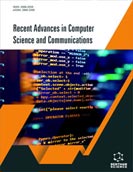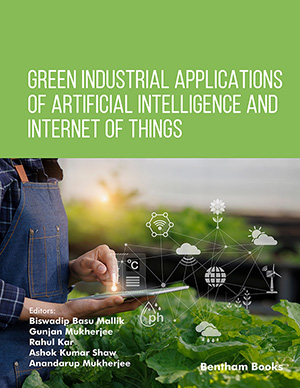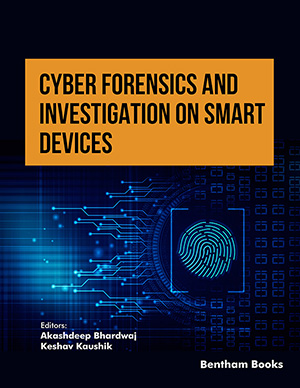
Abstract
Aims/Background: Twitter has rapidly become a go-to source for current events coverage. The more people rely on it, the more important it is to provide accurate data. Twitter makes it easy to spread misinformation, which can have a significant impact on how people feel, especially if false information spreads around COVID-19.
Methodology: Unfortunately, twitter was also used to spread myths and misinformation about the illness and its preventative immunization. So, it is crucial to identify false information before its spread gets out of hand. In this research, we look into the efficacy of several different types of deep neural networks in automatically classifying and identifying fake news content posted on social media platforms in relation to the COVID-19 pandemic. These networks include long short-term memory (LSTM), bi-directional LSTM, convolutional-neural-networks (CNN), and a hybrid of CNN-LSTM networks.
Results: The "COVID-19 Fake News" dataset includes 42,280, actual and fake news cases for the COVID-19 pandemic and associated vaccines and has been used to train and test these deep neural networks.
Conclusion: The proposed models are executed and compared to other deep neural networks, the CNN model was found to have the highest accuracy at 95.6%.
Keywords: Fake news detection, COVID-19, deep-learning, LSTM, BiLSTM, CNN.
[http://dx.doi.org/10.3390/electronics12040948]
[http://dx.doi.org/10.3390/bdcc7010046]
[http://dx.doi.org/10.1016/j.compeleceng.2022.108255]
[http://dx.doi.org/10.1007/s11042-022-12668-8] [PMID: 35431607]
[http://dx.doi.org/10.1155/2022/7252791]
[http://dx.doi.org/10.1016/j.ijdrr.2022.103144] [PMID: 35791376]
[http://dx.doi.org/10.1155/2022/1671829]
[http://dx.doi.org/10.1007/s11063-021-10679-4]
[http://dx.doi.org/10.2174/2210327910666191218124350]
[http://dx.doi.org/10.1007/s13204-023-02814-5]
[http://dx.doi.org/10.1007/s11042-021-11782-3] [PMID: 34975284]
[http://dx.doi.org/10.1016/j.neucom.2021.12.037]
[http://dx.doi.org/10.5755/j01.eie.25.4.23972]
[http://dx.doi.org/10.1371/journal.pone.0222713] [PMID: 31557213]
[http://dx.doi.org/10.1007/s11063-020-10365-x]
[http://dx.doi.org/10.1016/j.future.2020.11.022]
[http://dx.doi.org/10.22266/ijies2019.1031.03]
[http://dx.doi.org/10.1007/s00500-023-07958-8]
[http://dx.doi.org/10.3390/data7050065]
[http://dx.doi.org/10.1016/j.patrec.2020.09.010] [PMID: 32958971]
[http://dx.doi.org/10.1017/ice.2020.61] [PMID: 32122430]
[http://dx.doi.org/10.1016/j.imu.2022.100941] [PMID: 35399333]
[http://dx.doi.org/10.1002/cpe.6434] [PMID: 34512201]
[http://dx.doi.org/10.3389/frai.2021.598932] [PMID: 34113843]


























